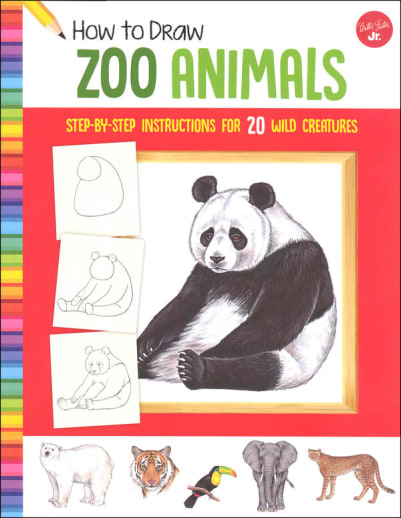With How to Draw Zoo Animals, young artists learn to bring their favorite creatures to life, guided by realistic illustrations and step-by-step instructions for 20 different animals found at the zoo.
Now anyone can learn to draw realistic animals! Simple step-by-step instructions make it fun and easy to draw a lifelike animals, including:
Panda bear
Giraffe
Elephant
Tiger
Cheetah
Toucan
Hippopotamus
Kangaroo
Orangutan
Zebra
and more!
Each drawing lesson begins with a basic shape and progresses, step by step, to a finished piece of artwork, making it easy to follow along. Trivia, fun facts, and the conservation status for each animal provide inspiration and additional learning opportunities.
Just start with basic shapes and follow the illustrated examples--you'll be creating your own amazing masterpieces in no time at all.

